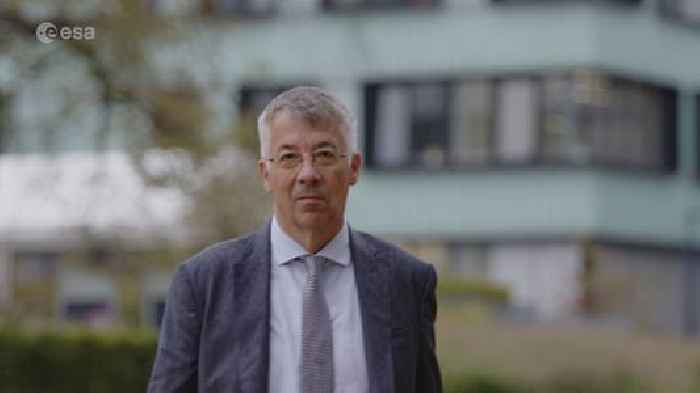Video: 00:12:38
Innovation is triggered by many drivers. One of these is the constant need for ESA to develop innovative solutions, such as unique spacecraft technologies.
In this first video, Nicolas recalls how he and his team had to think outside the box to find a solution for ESA to communicate with Ulysses. The spacecraft was flying around the north pole of the Sun, which is much farther in deep space than satellites had been launched up to that point.
The success of this solution motivated the decision to build ESA’s first deep-space communications antennas in New Norcia, in Australia, thus enabling many ESA scientific firsts in deep-space exploration.
The antennas would, some decades after, be critically important receivers for the messages sent by the very distant Rosetta probe, on its quest to find and land on the comet 67P/Churyumov–Gerasimenko, and other ESA science and exploration missions such as Mars Express, Venus Express and Cassini-Huygens.
With 35 years of experience at ESA, Nicolas Bobrinsky is the former Head of Ground Systems Engineering & Innovation Department. He initiated and further managed the Space Situational Awareness and later the ESA Space Safety Programme.
In four episodes of this new series of ESA Masterclass, Nicolas takes us through major events in his career at ESA, covering cornerstone missions, first attempts, overcoming technical challenges, leading diverse teams and solving the unexpected problems that are part of any space endeavour.
Access all ESA Masterclass videos.
Nicolas Bobrinsky on innovation and risk management | ESA Masterclass
ESA
0 shares
1 views
You might like
Related news coverage
Nicolas Bobrinsky on excellence | ESA Masterclass
ESA
Video: 00:12:18
The level of practical expertise, technical and operational expertise required to operate in..





